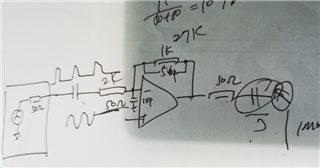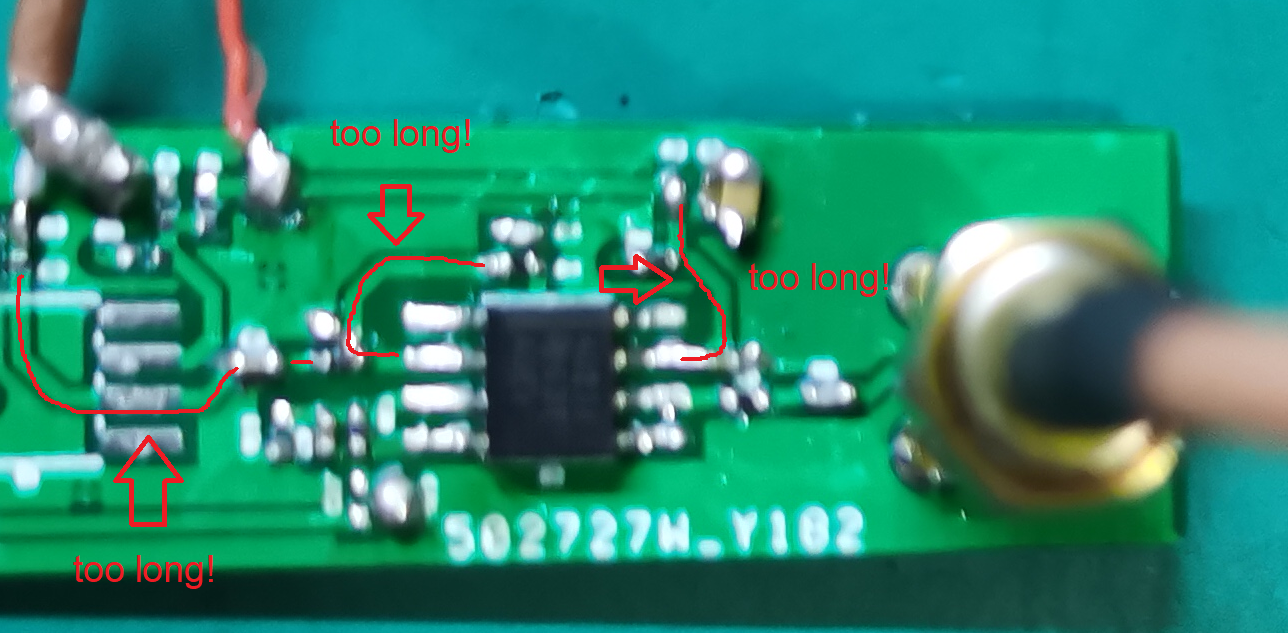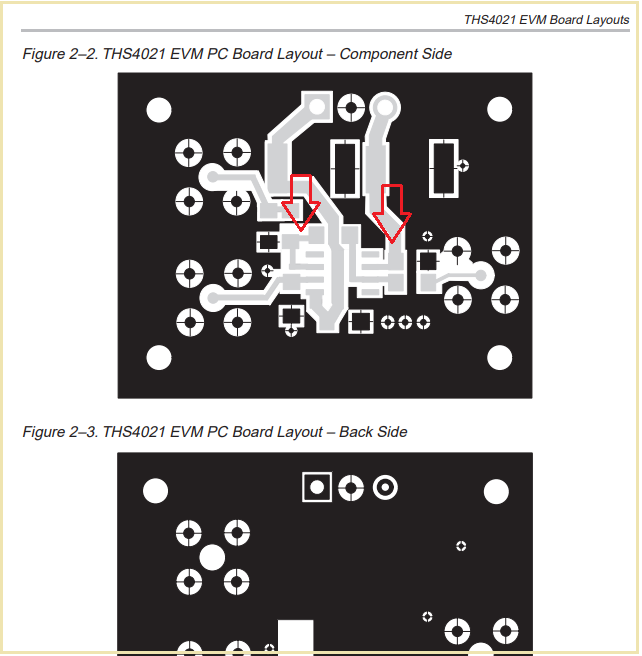Hi team,
I got a question from customer.
Using the THS4021 op amp chip, no matter how it is connected, it will self oscillate.
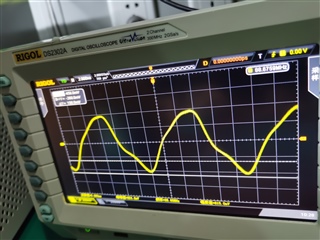
The circuit board is as follows:

No matter whether the single power supply or dual power supply are all oscillating, and then digs the ground behind the chip according to the evaluation board, it is also unable to improve.

The only difference between this circuit and the circuit is the porcelain capacitor and 0.1uF used by 10uF.
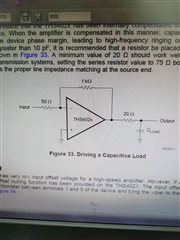
The circuit is mainly connected according to these two circuits. If there is no input signal at the inverting end, there will be oscillation output. After adding the input signal, it cannot be amplified, and there is also severe oscillation on the waveform
Add some information,After adding the inverted input signal, such oscillations are superimposed on the output pulse.
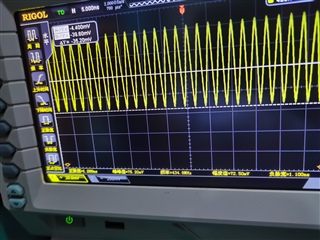
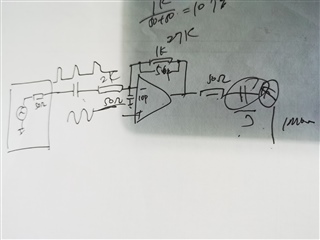
Thank you very much for your help.
Best regards,


